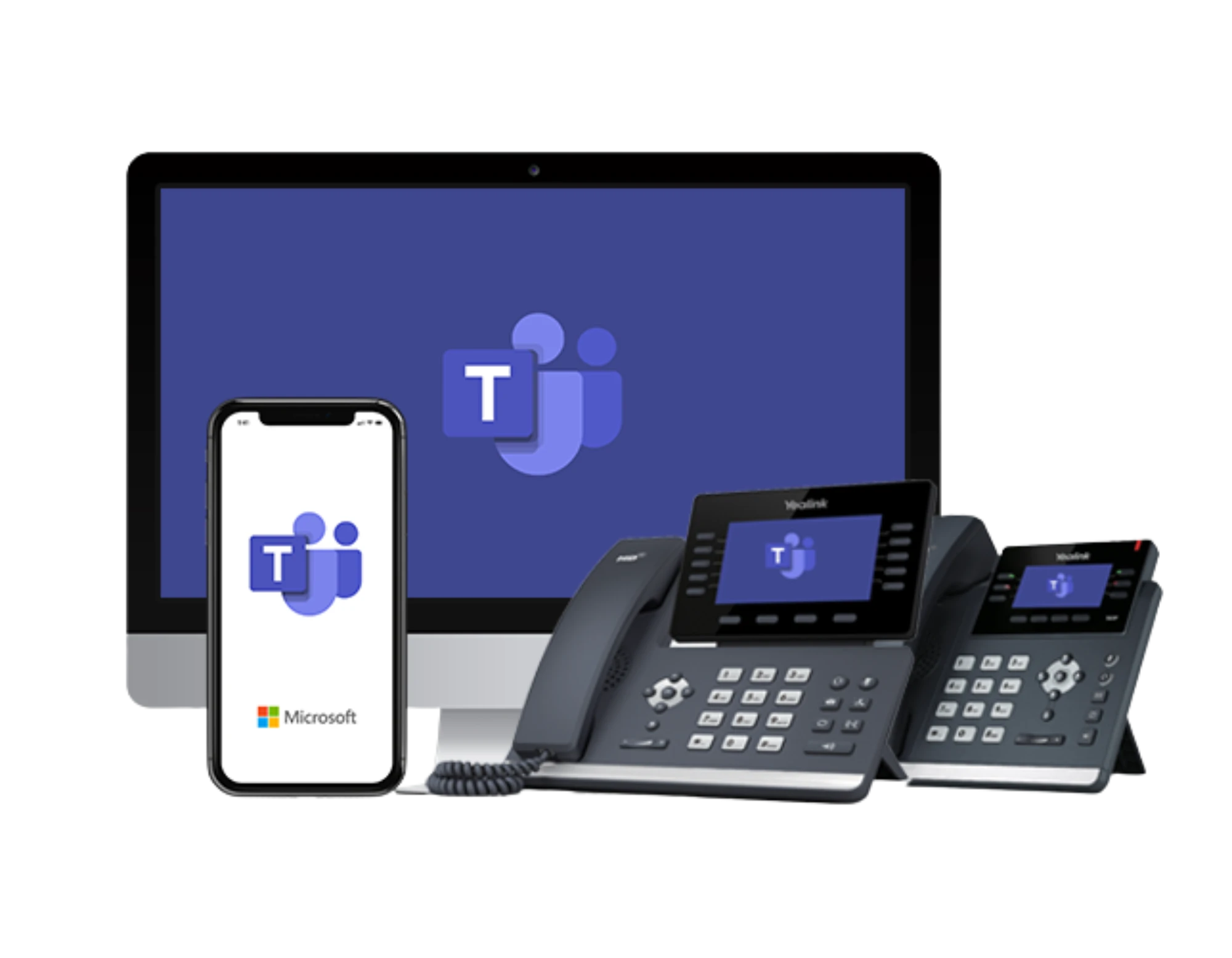Unified communications (UC) is moving to the cloud, and recent market research suggests the migration will be profound. Right now, unified communications penetration in the cloud is sitting at about 7%, but by the end of the decade, that figure is expected to jump to 40%.
While there are many benefits of cloud-based unified communications applications, there are also risks and challenges inherent to the migration process. Performance concerns lead the list, particularly with regard to Internet service providers and public networks. In worst-case scenarios, performance issues can compromise important working relationships or even cost companies business.
It’s easier to avoid performance problems and enjoy a smoother unified communications cloud migration by paying attention to these five factors:
Go Hybrid
Migrating unified communications systems to the cloud doesn’t have to be all-in or all-out. It’s possible to utilize a hybrid structure, moving some systems to the cloud while keeping others in-house. Safeguarding critical applications by keeping them on-site can be a good idea, particularly for businesses with bandwidth limitations.
To that end, it’s crucial to conduct an audit of current bandwidth needs with regard to core applications and data requirements. Ensure that essential applications will always be able to perform before deciding what should and should not be migrated to the cloud.
Perform Careful Assessments and Tests
Businesses are strongly encouraged to conduct comprehensive assessments and tests before, during, and after the migration process. Before the migration, establish a baseline level of performance, then check against this baseline level during and after the migration to make sure everything is functioning according to expectations.
It’s especially important that these tests check upper performance limits. In other words, don’t assess a system’s capabilities based on how it handles a single phone call. Instead, look at how it handles dozens or hundreds of calls simultaneously, keeping scalability in mind. After all, the enterprise may grow significantly, requiring an increase in the number of users or the addition of new features like teleconferencing and video conferencing.
Be Aware of the “Pilot Trap”
Similarly, be sure to steer clear of a situation known as a “pilot trap.” This occurs when a pilot test is conducted with a certain number of users and meets expectations. Then, when the system goes live, the sharp increase in traffic and resource demand creates an overload that the system cannot meet. When doing pilot tests, do projections that account for peak demand, in terms of both bandwidth and the number of users on the system.
Keep an Eye on Performance
Businesses should be proactive when monitoring quality and performance standards, especially in hybrid migration situations. The smartest quality assurance and performance tests harvest data from a range of points across the entire system, and carefully compare, contrast, and draw insights. If any potential problems are detected, they should be addressed as early as possible.
Consider User Experience
Since the majority of businesses utilize a range of cloud platforms that include products and services from a number of different providers, user experience should also be carefully monitored. Remember, a cloud unified communications platform can only perform up to standards when users are able to take full advantage of its features in real time.
The professionals at Commio offer a wide range of flexible, dynamic, and advanced unified communications solutions, and can help businesses enjoy a smooth and seamless migration experience. To learn more, please contact us today.
















